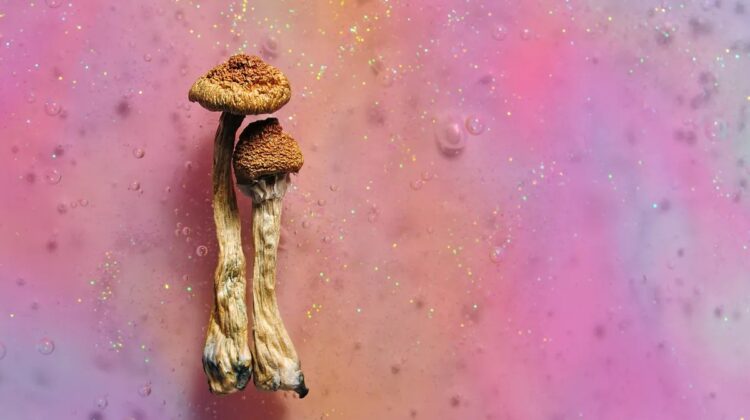
Psilocybin obliterates your neural fingerprint.
Magic mushrooms, containing the psychoactive compound psilocybin, have been found to cause significant and prolonged changes in brain connectivity. A new brain-imaging study reveals that tripping on magic mushrooms leads to a state where brain activity becomes less organized and more random, with these effects persisting for up to three weeks.
The study, which involved seven participants, compared the effects of psilocybin to methylphenidate, the generic form of Ritalin. Participants underwent an average of 18 MRI brain scans before, during, and after their psychedelic experience to observe both acute and lasting effects. The findings highlight a dramatic shift in brain connectivity patterns caused by psilocybin.
Before consuming psilocybin, each participant exhibited a distinct and unique pattern of network connectivity, akin to a neural fingerprint. However, immediately following psilocybin administration, these patterns became chaotic to the extent that participants’ brain activities could no longer be differentiated from one another.

Image credit: Cannabis_Pic/Shutterstock.com
“The brains of people on psilocybin look more similar to each other than to their untripping selves,” explained study author Nico Dosenbach. “Their individuality is temporarily wiped out. This verifies, at a neuroscientific level, what people say about losing their sense of self during a trip.”
Previous research has suggested that psychedelics induce an “entropic” brain state, disrupting the rigid communication patterns within the brain’s networks. This phenomenon is notably observed in the default mode network (DMN), which governs everyday cognition and activities like daydreaming and self-reflection.
The study’s results indicated that while the DMN becomes radically desynchronized during the peak effects of psilocybin, it largely re-establishes itself once the drug’s effects diminish. Nonetheless, connectivity within the DMN remained looser for up to three weeks after the psychedelic experience, compared to its pre-psilocybin state.
Joshua Siegel, another study author, elaborates: “The idea is that you’re taking this system that’s fundamental to the brain’s ability to think about the self in relation to the world, and you’re totally desynchronizing it temporarily. In the short term, this creates a psychedelic experience. The longer-term consequence is that it makes the brain more flexible and potentially more able to come into a healthier state.”
The persistent weakening of connectivity patterns in the DMN is associated with the so-called psychedelic afterglow effect. This phenomenon is characterized by a noticeable reduction in mental chatter and an increased ability to reshape thought patterns post-psilocybin use. The study authors suggest that this subtle yet enduring desynchronization of brain networks might contribute to the therapeutic effects of psychedelics.
Dosenbach summarizes the findings: “That’s exactly what you’d want to see for a potential medicine. You wouldn’t want people’s brain networks to be obliterated for days, but you also wouldn’t want everything to snap back to the way it was immediately. You want an effect that lasts long enough to make a difference.”

Leave a Reply